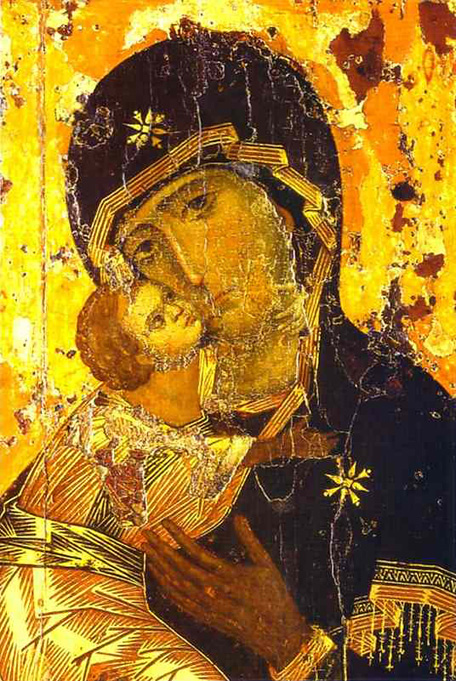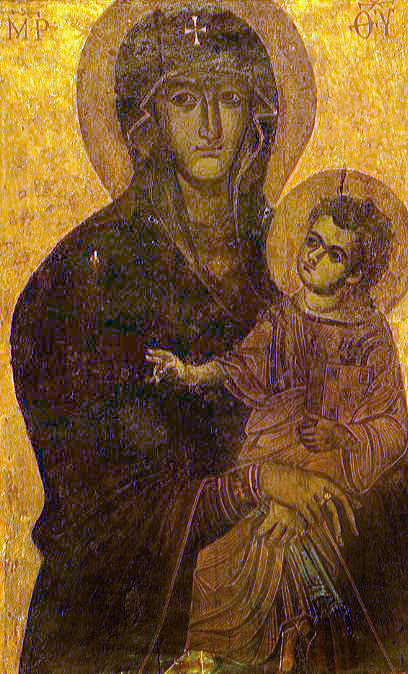Lenten Campaign 2025
This content is free of charge, as are all our articles.
Support us with a donation that is tax-deductible and enable us to continue to reach millions of readers.
According to tradition St. Luke was a very talented young man. He not only wrote a Gospel account and the Acts of the Apostles, he was also a Greek physician and an icon artist.
He is held by the Eastern Church as the original "iconographer," responsible for writing the first icon of the Blessed Virgin Mary. Many painters throughout the centuries have depicted this scene by placing St. Luke in front of an easel, painting a portrait of the Blessed Mother holdng the Child Jesus.
There exist multiple traditions surrounding what happened to the original icon(s) that St. Luke wrote. One ancient account explains how during the 5th century a Byzantine Empress brought from Jerusalem to Constantinople an icon attributed to St. Luke. The Hodegon Monastery was built to enshrine it and later all copies of this icon became known as Hodegetria. Most believe the original image was lost during the Middle Ages.
Whatever truth there is behind these traditions, here are a few more widely known icons attributed to St. Luke.
Our Lady of Vladimir
According to Russian sources the original Hodegetria was transferred from Constantinople to Vladimir in 1115 and remains one of the most popular images of the Virgin Mary in Russia.
Our Lady of Czestochowa
A popular account relates how in the 4th century St. Helena discovered an image of the Virgin Mary that was painted by St. Luke on a tabletop made by Jesus. She gave it to Constantine and it ended up in Constantinople. After that the image was eventually owned by Charlemagne, who gave it to Prince Leo of Ruthenia. By the 14th century the image was transferred to Jasna Gora in Poland in response to a request from Prince Ladislaus and remains there to this day.
Salus Populi Romani
Similar to Our Lady of Czestochowa, it is believed this image was discovered by St. Helena and taken first to Constantinople. By the 6th century the image was transferred to Rome and ever since has been enshrined in the church of Saint Mary Major. It is this image, known as "Protectress of the Roman People," before which Pope Francis prays and offers flowers each time he leaves Rome for a pontifical journey and again when he returns.
Our Lady of Perpetual Help
This particular icon is believed to be a replica of the original Hodegetria image in Constantinople. One story explains how the image was later enshrined in Crete, but then a thief stole the miraculous image from a monastery, bringing it to Rome in the 15th century. It is now located in the Church of St. Alphonsus Liguori in Rome.










